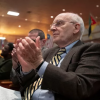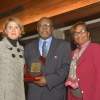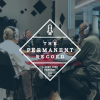One hundred and twenty five years ago, on the night of July 22, 1893, law and order broke down in Memphis. A mob of several thousand attacked the jail; meeting almost no resistance from officers, they seized Lee Walker, a young African American man. The mob dragged Walker from his cell, beating him, stabbing him, and stripping him of his clothing. They took Walker north on Front Street to an alley between Sycamore and Mill Streets, where they hanged him from a telegraph pole. Once Walker was dead, many spectators left, but some mob members cut the body down, burned it, and mutilated it




















